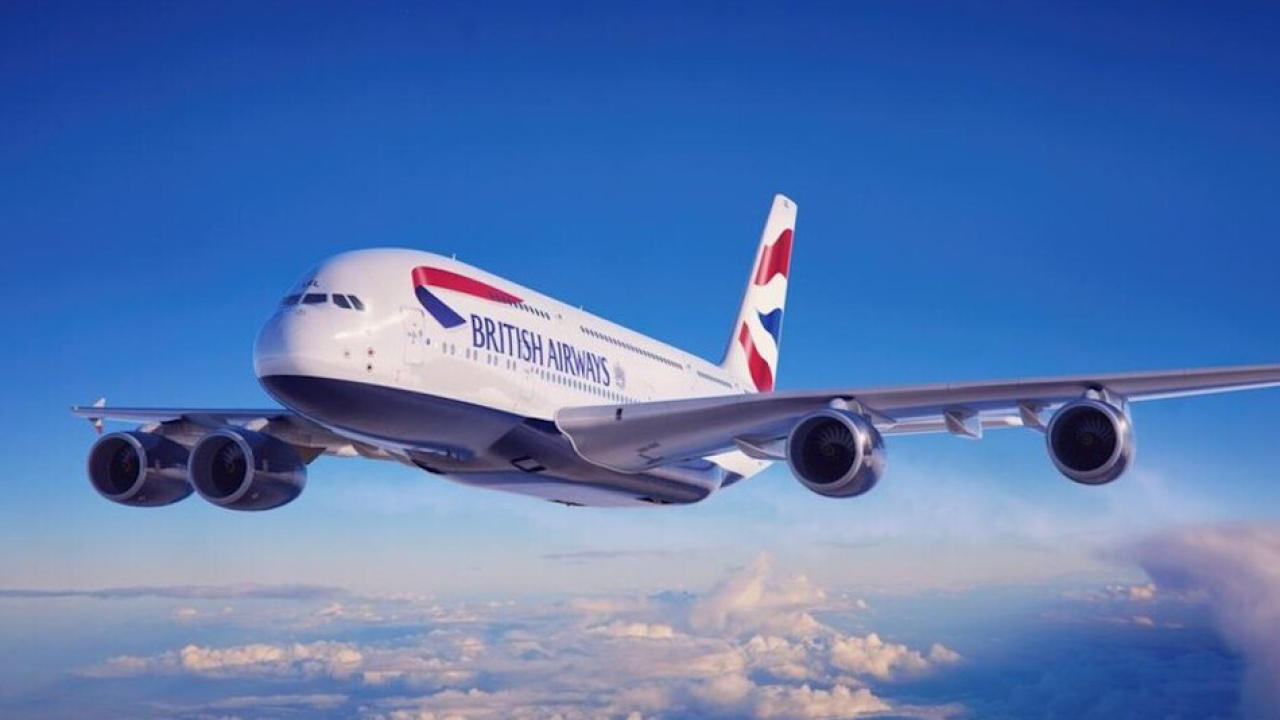Flynas expanding routes as the pressure mounts
Saudi Arabian carrier, Flynas, faces increasing competition in the kingdom as three new rivals take to the skies. Alan Dron reports.

Nobody ever said running an airline was easy. Facing a Saudi economy feeling the effects of two years of low prices, a dominant national carrier that has built-in advantages from the state, and with new competitors about to appear, Paul Byrne, CEO of Flynas, knows that better than most.
Flag-carrier Saudia, which already has by far the largest share of the domestic market, is now bringing in larger long-haul aircraft, such as Boeing 787s and Airbus A330s, to operate domestic sectors. This increased marketplace capacity is depressing yields.
“Effectively it’s below-cost selling,” said Byrne. “We have a concern over it. It’s not a level playing field as far as we’re concerned.”
That situation is not improving. In August, Saudia took delivery of its first A330-300 Regional, a lower-weight version of the European twin-jet optimised for shorter-range services, and is believed to want to use them to increase capacity on its most popular routes. Saudia has 20 on order. The national carrier also plans to launch a new low-cost carrier (LCC), Flyadeal, in 2017.
Flynas also faces new competition from Saudi Gulf Airlines, which should have begun operations around the time that this issue of Arabian Aerospace appears, together with Egyptian-Saudi carrier Nesma Airlines.
However, further competition in the shape of Qatar Airways’ planned subsidiary, Al Maha Airways, is unlikely to materialise. Qatar Airways has declined to comment on progress on obtaining an air operator’s certificate (AOC) for Al Maha from Saudi Arabia’s General Authority for Civil Aviation for more than a year now and it is understood that the project has been abandoned.
Dammam-based Saudi Gulf has said it intends to offer a premium product that differs from that offered by Flynas, but Byrne believes some overlap is inevitable: “I’m sure they have no choice but to compete with us, even though they believe they won’t.”
Nesma, meanwhile, intends to start services with ATR turboprops. But aren’t turboprops supposed to be unpopular with Gulf passengers? “That would have been my impression, too,” said Byrne. The airline has been granted a series of public service obligation (PSO) routes.
These are focused on Hail, in the north of the country, radiating out to nine outlying regional airports, said Byrne, although he believed that the airline would also take delivery of some A320s, with the aim of flying the Hail-Riyadh-Jeddah triangle.
Flynas has been given permission to launch a similar series of PSO routes, based on Abha in the far southwest of Saudi Arabia and covering such secondary cities as Bishah, Jazan and Al Bahah. “We’ll go in a couple of times a week. The idea is to open up all the airports of the kingdom to regular flights. From Abha, we can take them around the kingdom or link up to international flights from major cities where we have codeshare partners.
“We’ve had a longstanding [codeshare] arrangement with Etihad, but we’ve broadened it out and it’s been a great success for both of us. We also have a new codeshare with Pegasus Airlines [of Turkey] and that’s going great guns for us.”
The latter enables Flynas passengers to book journeys through Pegasus’ home hub, Istanbul’s Sabiha Gökçen airport, to five Turkish cities.
A further Pegasus connection comes in the form of two Boeing 737-800s from the Turkish low-cost carrier that are currently wet-leased to Flynas to provide extra capacity.
Meanwhile, the Saudi airline continues to search for its next generation of equipment. It operates 27 A320s (24 leased by the airline itself, plus three wet-leased – two from Freebird of Turkey and one from Etihad) but is looking at either the A320neo or Boeing 737 MAX as future equipment.
“We’re in the ‘request for proposals’ process with Boeing and Airbus. That process has taken longer than we thought it would, but we’re still confident we can make a decision by the end of the year.”
Despite the problems of over-capacity and depressed yields, Flynas “is still profitable”, said Byrne.
With its combination of new routes, codeshare and new equipment, it hopes to stay that way.
Stay up to date
Subscribe to the free Times Aerospace newsletter and receive the latest content every week. We'll never share your email address.

